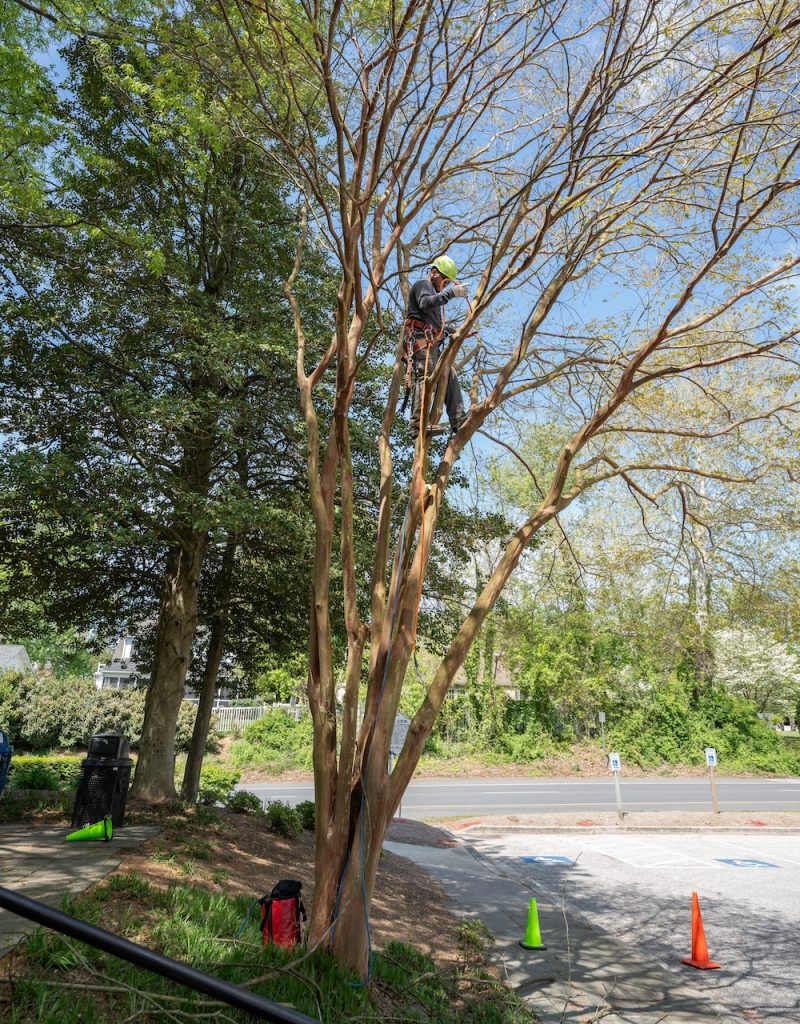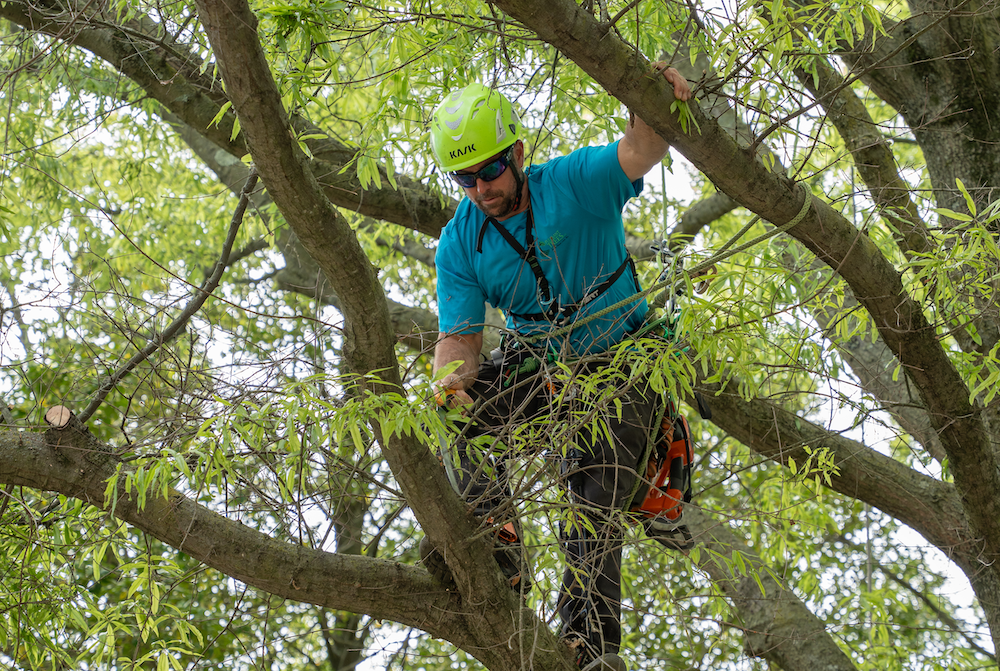
When it comes to trees, few practices are as crucial yet frequently misunderstood as tree pruning. This process, when performed with knowledge and care, can significantly enhance the health, safety, and aesthetic appeal of trees. In this blog, we look at the intricacies of proper tree pruning, highlighting its importance and providing insights that can help both professionals and enthusiasts maintain the vitality and beauty of their trees.
Understanding Tree Pruning: More Than Just Cutting
Pruning is not merely about removing branches; it’s a science and an art that requires understanding the physiology and anatomy of trees. It involves the selective removal of certain parts of a tree, such as branches, buds, or roots, to achieve specific objectives such as improving the tree’s health, influencing fruit or flower production, or managing growth direction and structure.
The Importance of Proper tree Pruning
- Health Preservation: Proper pruning eliminates dead, dying, or diseased branches, preventing the spread of decay and disease within the tree. By removing these compromised branches, we not only protect the tree’s health but also safeguard the surrounding environment and property from potential damage.
- Structural Integrity: Young trees benefit immensely from pruning, which can guide their growth and establish a strong structural framework. This preventative care minimizes the risk of structural failures, such as broken limbs, as the tree matures, ensuring its longevity and stability.
- Safety Measures: Overgrown or dead branches can pose significant risks, especially during severe weather conditions. Strategic pruning reduces the weight on heavy limbs, decreases wind resistance, and eliminates potential hazards, thereby protecting property and lives.
- Aesthetic and Functional Enhancement: Pruning shapes trees to complement landscape designs, enhancing the overall aesthetic appeal of an area. It can also be used to create more open spaces within the canopy, allowing light to penetrate and grass and other vegetation to thrive below.
Best Practices in Tree Pruning
- Timing and Frequency: The best time to prune most trees is during their dormant season, typically in late winter before spring growth begins. However, the timing can vary based on the species and the pruning objectives. Some trees, for instance, may benefit from summer pruning if the goal is to slow growth.
- Pruning Techniques: Understanding the different types of cuts and when to use them is fundamental. For example, thinning cuts remove entire branches or limbs to reduce density, while heading cuts stimulate growth in the areas where cuts are made. Each technique serves a specific purpose and should be used judiciously.
- The Rule of Thirds: As a general guideline, no more than one-third of a tree’s crown should be removed in a single pruning session. This practice ensures that the tree retains enough leaf mass to maintain growth and health.
- Tools and Sanitation: Using the right tools for the job, such as pruning shears, loppers, and saws, and ensuring they are clean and sharp, can make a significant difference. Proper tool maintenance prevents the spread of disease and ensures clean cuts that heal more efficiently.

Common Mistakes to Avoid
- Over Pruning: Removing too much foliage can stress the tree, weaken its structure, and make it more susceptible to pests and diseases.
- Topping and Lion’s Tailing: These harmful practices involve cutting branches back to stubs or removing too many lower branches, respectively. Both can severely damage the tree’s health and structure.
- Improper Cuts: Cuts made too close to the trunk can remove the branch collar, hindering the tree’s ability to heal. Conversely, leaving too large a stub can also prevent proper healing.
Proper tree pruning is an indispensable component of tree care that requires knowledge, precision, and respect in order to be done properly. Whether you’re an arborist, a landscape professional, or a tree enthusiast, embracing the principles of thoughtful and effective pruning can ensure the trees under your care not only survive but thrive, enhancing the beauty and safety of our environments for years to come. If you need a consultation for pruning trees on your property, contact us today for an estimate!
